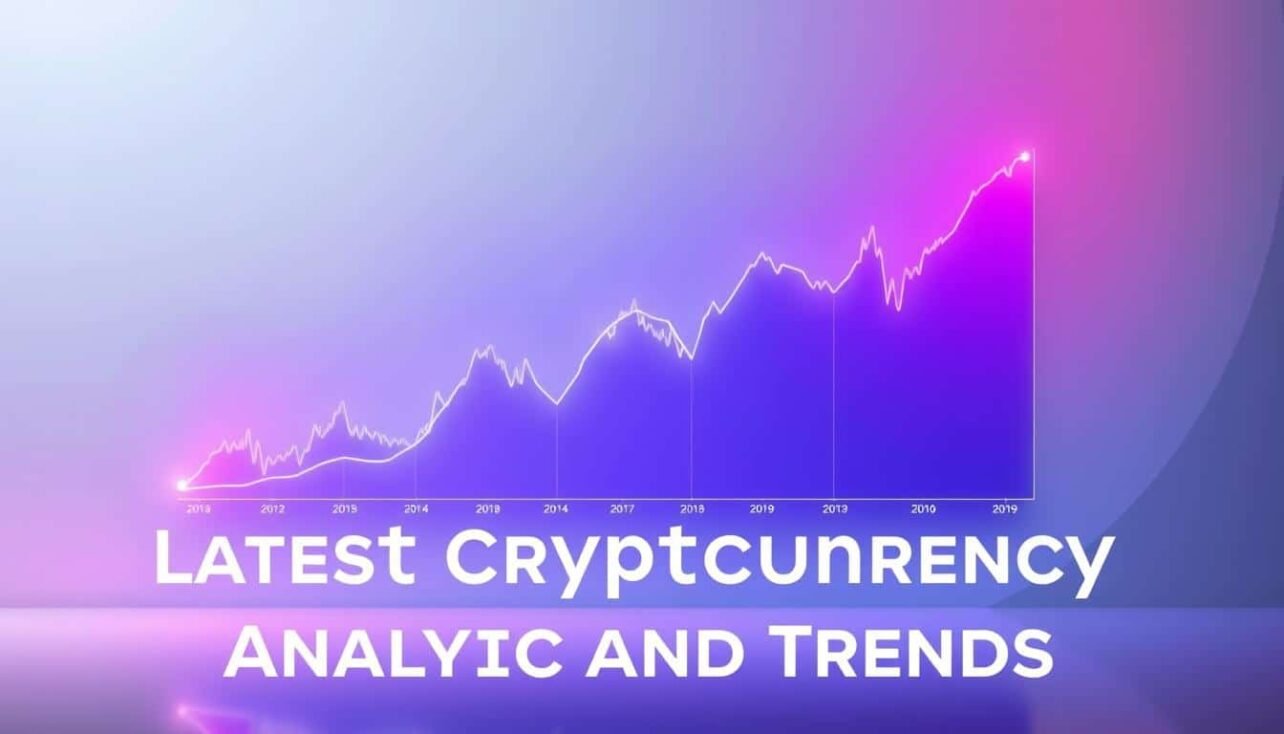Tracking the total value of digital assets offers a snapshot of their collective influence. Platforms like CoinGecko simplify this process by compiling real-time data from global exchanges. Their approach filters out irregularities, ensuring accuracy for investors navigating this fast-paced space.
Why does this matter? A coin’s valuation rank reflects its dominance within the ecosystem. Higher-ranked assets often signal stability, while smaller ones may hint at growth potential. This metric helps both newcomers and experts gauge where to focus their attention.
Reliable analysis relies on transparent methodologies. Leading platforms use weighted averages and liquidity checks to prevent skewed results. These practices create trustworthy benchmarks for comparing thousands of tokens.
Spotting patterns in valuation shifts can reveal emerging opportunities. For example, sudden spikes might indicate growing adoption, while prolonged dips could suggest market corrections. Historical comparisons add context to these movements, aiding smarter decisions.
Key Takeaways
- Total asset valuation reflects the crypto ecosystem’s health and direction.
- Accurate data aggregation methods ensure reliable comparisons between digital assets.
- Rankings highlight dominant players and potential under-the-radar opportunities.
- Real-time tracking helps decode volatility and long-term shifts.
- Historical trends provide context for predicting future market behavior.
Understanding the Cryptocurrency Landscape
Grasping the scope of digital currencies requires more than just price checks. Their collective footprint is measured through market cap, a metric revealing the full financial weight of any project. This figure answers a critical question: How much value does this asset truly hold?
What Is Crypto Market Cap?
Think of it as a financial X-ray. Multiply a coin’s current price by its circulating supply—that’s the formula. For example, if 10 million coins exist at $5 each, the cap is $50 million. This approach prevents misleading conclusions from price swings alone.
Why focus on supply? A low-priced token with massive circulation might dwarf a pricier one with limited availability. Market cap layers context onto raw numbers, exposing a project’s actual scale.
Why Investors Prioritize This Metric
Savvy traders compare caps to spot undervalued opportunities. A $1 billion asset might have room to grow if similar projects hit $5 billion. Conversely, a high cap could signal stability but limited upside.
Portfolios thrive on balance. Allocating funds across large, mid, and small-cap tokens diversifies risk. It’s like building a team—some players anchor stability, others chase breakthroughs.
Shifting caps also mirror crowd psychology. Rising totals often reflect growing trust, while declines may hint at fading interest. Tracking these patterns helps decode the market’s whispers before they become shouts.
Comprehensive Guide to cryptocurrency market cap analysis and trends
Understanding the full picture of crypto investments requires diving deeper than surface-level numbers. Beyond basic valuation methods lie specialized metrics that reveal hidden risks and opportunities. These tools help investors separate hype from substance in a crowded digital asset space.

Defining Key Terms and Metrics
Fully diluted valuation calculates a project’s worth if all possible tokens were in circulation. This contrasts with standard market cap, which uses only available supply. For example, a coin priced at $10 with 1 million circulating tokens (but 5 million max) would show a $10 million cap versus a $50 million fully diluted value.
Market dominance measures a coin’s share of the total crypto ecosystem. Bitcoin often holds 40-50%, signaling its outsized influence. Tracking these percentages helps identify when smaller assets gain traction against established players.
| Metric | Calculation | Use Case |
|---|---|---|
| Circulating Supply | Available tokens × Price | Current valuation |
| Network Value | Cap ÷ Daily Transactions | Usage efficiency |
| Active Addresses | Unique wallets/day | User adoption rate |
Trading volume ratios expose liquidity risks. A $1 billion cap with $10 million daily volume suggests stable interest. The same cap with $500,000 volume? Proceed cautiously—selling pressure could crater prices.
Advanced data points like on-chain transactions add depth to traditional metrics. Platforms like CoinGecko combine these factors, offering multidimensional views of asset health. This approach mirrors stock market fundamentals while respecting crypto’s unique dynamics.
Data Sources, Tools, and Methodologies
Behind every reliable crypto assessment lies robust data infrastructure. Leading platforms aggregate information from hundreds of exchanges, transforming raw numbers into actionable insights. Their tools empower users to dissect patterns with surgical precision.

CoinMarketCap API Insights and Historical Data
The platform’s historical API endpoint lets developers retrieve metrics like Bitcoin dominance across custom timeframes. Parameters like time_start and interval (daily/weekly/monthly) enable granular backtesting. For example, analyzing 90-day volatility becomes straightforward with properly filtered JSON responses.
CoinGecko’s Integrated Approach to Crypto Data
This provider calculates asset prices using volume-weighted averages across multiple trading pairs. Advanced algorithms automatically flag irregular tickers, excluding them from calculations. Their multi-exchange approach minimizes platform-specific distortions in the crypto market.
Free tiers offer basic access, while enterprise plans unlock decades of historical records. Cross-checking figures between providers reduces risks from isolated anomalies. Whether building models or tracking portfolios, these tools form the backbone of informed decisions.
Interpreting Market Indicators and Historical Trends
Decoding market signals requires connecting real-time activity with historical patterns. Tools like TradingView simplify this by offering oscillator ratings and moving averages. Current data shows neutral sentiment across these metrics, suggesting balanced conditions without extreme bullish or bearish bias.
Volume, Exchanges, and Trading Activity
Spikes in trading volume often act as early warnings for major price shifts. When activity surges on platforms like Binance or Coinbase, it signals heightened interest that could drive valuation changes. For example, a 300% volume increase on Kraken preceded Bitcoin’s 18% rally last quarter.
Exchanges play distinct roles in price discovery. Decentralized platforms may show wider spreads but resist manipulation, while regulated ones offer stability. This diversity affects global asset pricing and creates arbitrage windows when regional demand differs.
| Exchange | Region | Avg. Daily Volume | Key Features |
|---|---|---|---|
| Binance | Global | $12B | 500+ trading pairs |
| Coinbase | US/EU | $3.8B | Institutional tools |
| Kraken | North America | $1.2B | Advanced order types |
Analyzing Historical Data and Price Movements
Past cycles reveal four repeating phases: accumulation, markup, distribution, and decline. The 2021 bull run mirrored 2017’s pattern—steady climbs followed by rapid corrections. Volume-weighted averages (VWAP) help confirm whether current prices align with historical support levels.
Technical indicators adapted for digital assets, like the Mayer Multiple for Bitcoin, outperform traditional tools. When the 50-day moving average crosses above the 200-day line (“golden cross”), it often precedes extended upward trends. These signals work best when combined with volume confirmation across multiple exchanges.
Evaluating Investment Opportunities Through Market Cap Metrics
Strategic allocation across digital asset tiers shapes portfolio resilience. Projects fall into three valuation brackets—each offering distinct risk-reward profiles. This segmentation helps investors align choices with financial goals and risk appetite.

Large-Cap, Mid-Cap, and Small-Cap Comparisons
Mega projects like Bitcoin dominate the $10B+ tier. Their established networks attract institutional capital, offering stability during volatility. Daily trading volumes often exceed $1B, ensuring smooth entry/exit for large positions.
Mid-tier coins ($1B-$10B) blend innovation with proven utility. Chains like Solana and Avalanche fit here—developed ecosystems with room for expansion. These assets typically show 2-3x growth potential compared to giants, but face stiffer competition.
Sub-$1B ventures represent crypto’s frontier. New DeFi protocols or NFT platforms here could skyrocket… or collapse. Investors balance high-risk bets by limiting exposure to 5-10% of their portfolio.
- Liquidity gradients: Large caps trade instantly; small projects may take hours to liquidate
- Regulatory shields: Established coins face fewer legal uncertainties than experimental tokens
- Cycle patterns: Small caps often lead bull runs but crash hardest during corrections
Seasoned traders mix all three tiers. They anchor with blue-chips, grow through mid-caps, and speculate judiciously on micro-projects. This approach hedges against sector-wide shocks while capturing upside across market phases.
Navigating Crypto Market Sentiments and Trading Signals
Traders decode hidden patterns in price charts using specialized tools. These instruments transform chaotic movements into actionable insights, revealing crowd psychology shifts before they become obvious.

Understanding Oscillators and Moving Averages
Adapted from stock trading, oscillators like the Relative Strength Index (RSI) flag extremes. When RSI crosses 70, coins might be overbought. Below 30 suggests oversold conditions. Crypto’s volatility demands adjusted thresholds—some traders use 80/20 bands instead.
Moving averages smooth erratic swings. The 50-day and 200-day lines act as support/resistance markers. A golden cross (50-day crossing above 200-day) often precedes rallies. Conversely, death crosses signal potential downtrends.
Volume Trends and Market Confidence Analysis
Spiking transaction numbers frequently foreshadow major moves. A 24-hour volume surge above 200% often precedes 15-30% price shifts. Platforms track these changes through metrics like the Fear & Greed Index, which combines social media chatter and trading activity.
- Low volume during price gains suggests weak conviction
- Sustained high activity confirms trend strength
- Divergences between price and volume hint at reversals
Sentiment tools now blend on-chain data with market signals. For example, rising exchange reserves may indicate selling pressure, while wallet growth signals accumulation. These hybrid models outperform single-metric approaches in crypto’s fast-paced environment.
Final Insights on Navigating the Crypto Landscape
Navigating the digital asset space demands both vigilance and adaptability. Platforms like CoinGecko streamline this process by tracking over 10,000 coins across 200+ networks—from Ethereum to Solana—while filtering out inactive projects. Their vetting methods highlight how quality data fuels smarter decisions in the crypto market.
Network effects remain critical. Chains like Polygon and BNB Chain demonstrate how ecosystem growth drives valuation. Cross-chain compatibility emerges as a key factor for long-term viability, enabling projects to tap into multiple user bases simultaneously.
Investors should prioritize platforms offering real-time alerts and multi-source verification. Regular monitoring of metrics like wallet activity and exchange reserves helps spot shifts before they escalate. Beginners benefit from starting with established networks, while advanced traders explore emerging chains.
The future hinges on institutional adoption and regulatory clarity. Tools combining on-chain analytics with traditional indicators will likely dominate market assessments. Staying disciplined amid volatility separates successful strategies from reactive gambles.


No comments yet